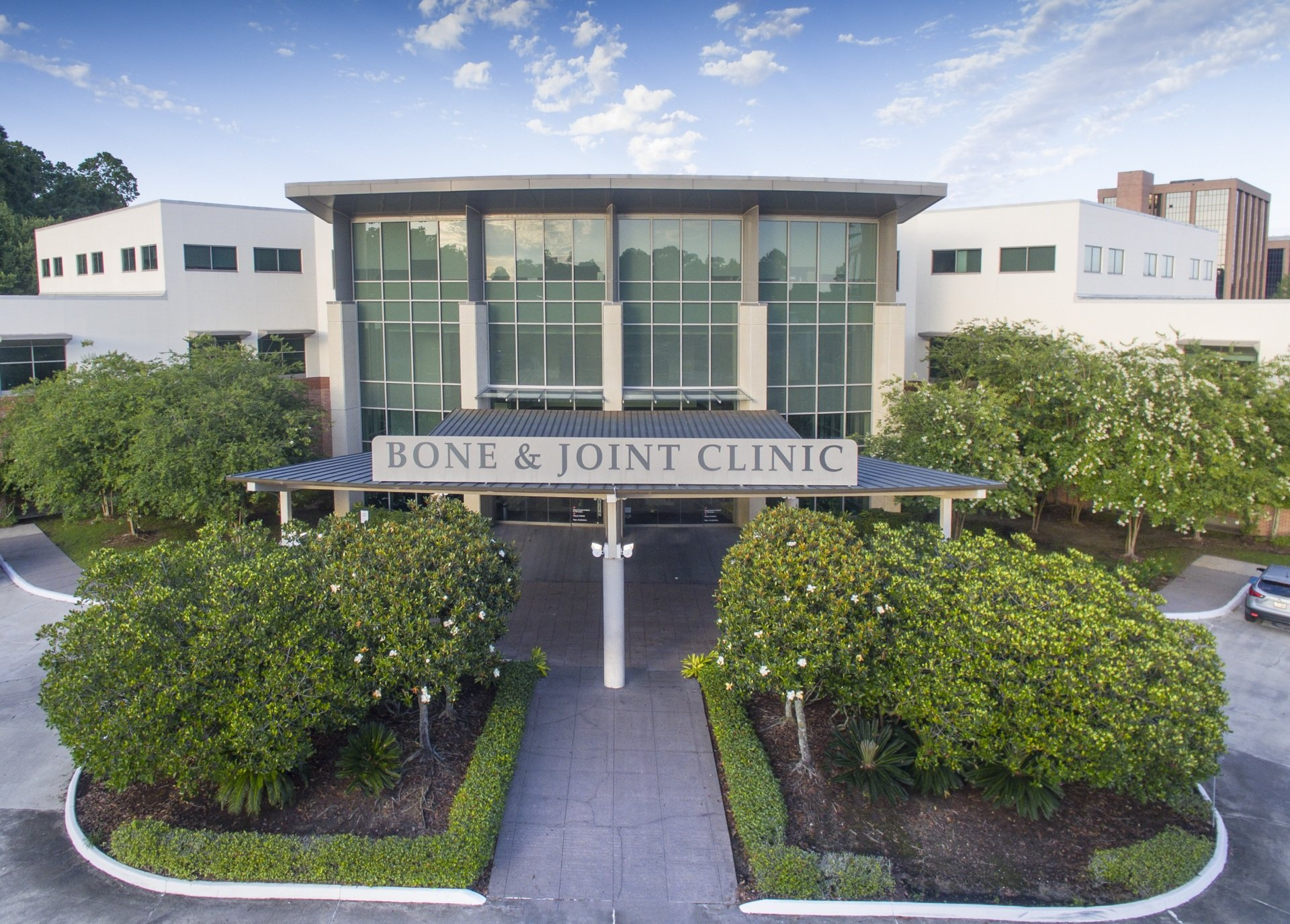The human foot is an incredible design that allows us to do things many others can’t such as walk upright and run for long distances. Key to this design is the arch which helps us bear weight and absorbs shock as we walk and run. The arch develops throughout adolescence, beginning with our very first steps as toddlers. However, for a portion of the population, this arch development never occurs, and feet remain flat.
The implications of flatfeet are generally not bothersome. In fact, many patients find that they cause them no complication at all. However, there are others for whom flatfeet can become bothersome and even lead to the development of other foot conditions. Here are three of the most commonly observed flatfeet complications:
Pain from Flatfeet
Pain and fatigue are the most common symptoms associated with flatfeet, particularly occurring in the arch of the foot, inner side of the ankle and lower leg. However, misalignment and muscle strain from the condition can cause pain in the lower back, knees, and hips as well.
Bunions from Flatfeet
A bunion is a bony lump found at the base of the big toe joint. However, it is not a growth on the bone. Rather, the bunion is the joint itself, protruding and getting larger when the big toe shifts towards the second toe. This condition is often the product of shoes that are ill-fitting or too tight, a common problem for individuals with flatfeet.
Plantar Fasciitis from Flatfeet
Plantar fasciitis is typically the result of repetitive strain or overstretching of the plantar fascia tendon which runs along the underside of the foot, connecting the ball of the foot and the heel. There are many ways in which this tendon strain may occur, including overpronation. Pronation refers to the foot’s natural, slightly inward motion that occurs while walking. In cases of overpronation, however, the foot rolls too far inward with each step. This is a common observance in patients with flatfeet. As a result, the plantar fascia can become inflamed, causing pain at the bottom of the foot and heel.
Preventing Complications from Flatfeet
While there may not be anything you can do to prevent the development of your flatfeet, there are steps you can take to help ensure that they don’t cause problems. Flatfeet can be worsened by being overweight and leading a sedentary lifestyle. A healthy diet and regular physical activity can make a substantial improvement. In addition, certain stretching techniques, arch supports, and selecting the appropriate type and fit of footwear are great protective measures against flatfeet complications. Finally, seeing a foot and ankle specialist to fully understand your condition and to receive personalized treatment recommendations will help safeguard the health of your feet in the long term.




